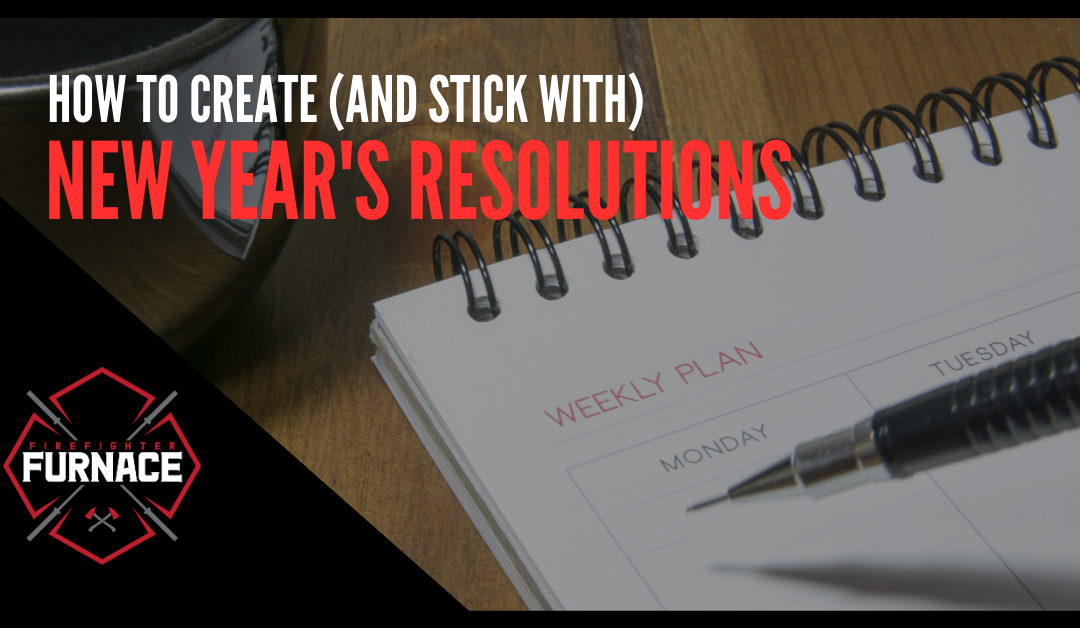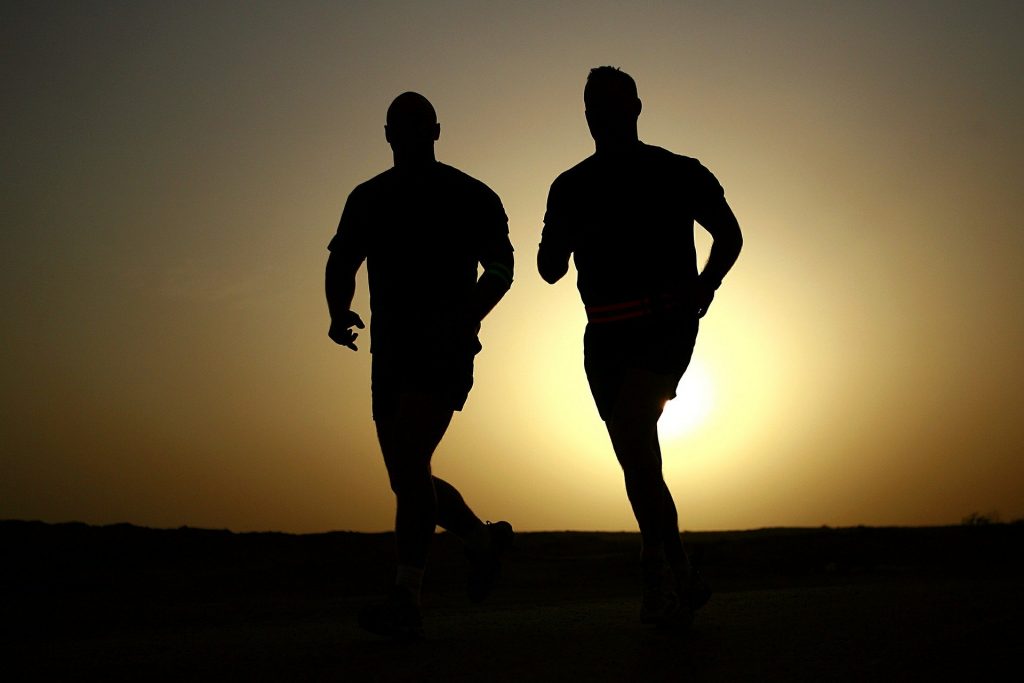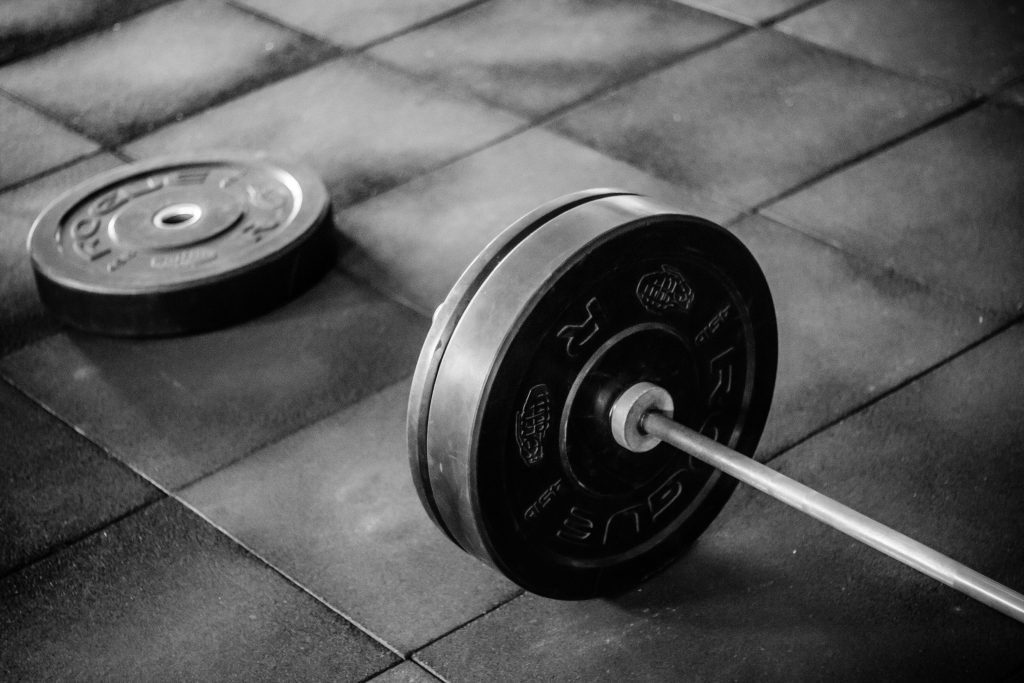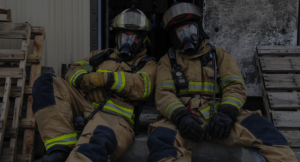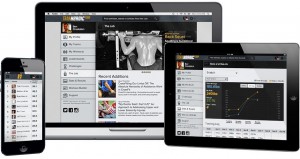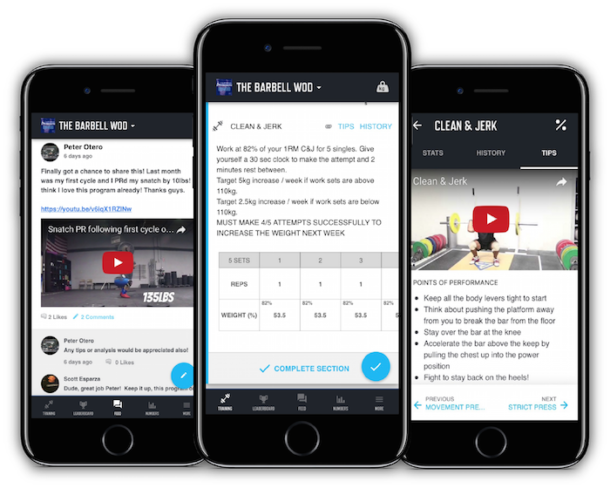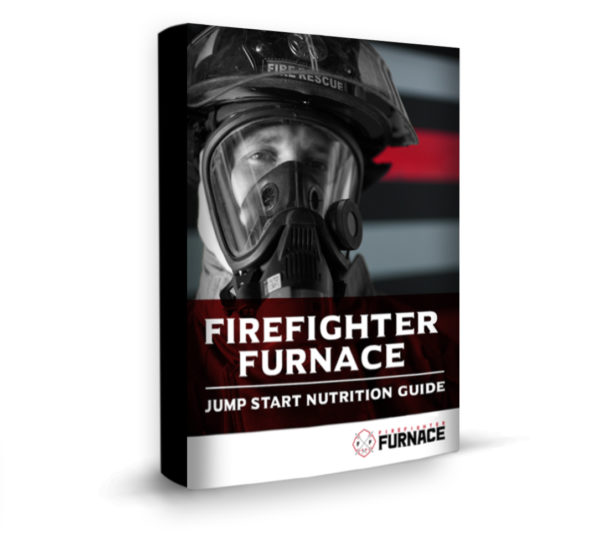At the beginning of the year, most people spend time looking forward. They envision their ideal future and consider what achieving it would take. Then, with the best of intentions, they decide to create New Year’s resolutions that will keep them on target.
The issue is, most New Year’s Resolutions don’t work. After a few days or weeks, people tend to give up. By the second week of February, about 80 percent of resolution-ers fail. By the end, a mere 8 percent of people actually manage to accomplish their goal. That’s a pretty shocking statistic.
While you might assume that a lack of willpower was the primary problem, that isn’t usually true. Sure, most resolutions aren’t easy, but difficulty alone isn’t what leads to failure.
By understanding why most New Year’s Resolutions don’t work and learning to set goals the right way, you can succeed. If you want to take 2020 by storm, here’s what you need to know.
Why Most New Year’s Resolutions Don’t Work
When it comes to failing to meet goals, motivation itself isn’t typically the problem. Instead, it’s the nature of the objective that holds many people back.
For example, “get fit” might sound like a great resolution. A lot of people want to improve their physical fitness, so “get fit” seems like a simple way to express that desire.
The problem is that “get fit” is too ambiguous. It’s a goal that doesn’t have a clear endpoint. Technically, you could keep trying to “get fit” for all eternity and never know for sure that you’ve achieved your goal.
Want some other examines of New Year’s Resolutions that will probably lead to failure? Here’s just a few examples:
- Eat better
- Lose weight
- Get more sleep
- Spend less money
- Save more money
Since those goal concepts are poorly defined, it’s hard to stay motivated. It doesn’t help you understand exactly what you want to achieve. But, if you take that idea and refine it, you can create a meaningful resolution.
However, there’s a second part to this equation. Sometimes, people choose resolutions because they think they should. For example, a ton of people make “lose weight” a goal. The issue is, they aren’t actually motivated to drop any pounds. Maybe they aren’t actually dissatisfied with their weight. Maybe they don’t want to make the changes that are necessary to make that happen. Whatever the reason, they just aren’t pushed to achieve that goal.
If a resolution is going to work, you have to want it. Societal, peer, or other kinds of pressure aren’t enough. Change is only possible if it’s something that you’re compelled to make happen. Otherwise, it won’t.
But that doesn’t mean New Year’s Resolutions are worthless. You just have to pick the right goal and frame it the right way.
Creating a New Year’s Resolution You’ll Stick With
Once you’ve decided 2020 is the year for a change, you need to craft your goal carefully. By handling it the right way, your odds of success go way up.
So, how do you make that happen? First, you need to be specific. Take a broad idea, like “lose weight,” and refine it. If you want to drop pounds, make the goal concrete. For example, “lose 20 pounds,” “drop 10 percent of my body weight,” or “reduce my body fat percentage by 20 percent” could all work. These goals are measurable, and there is an exact point that means you’ve achieved it.
Instead of “eat better,” try “follow the My Plate guidelines” or “two servings of vegetables at every meal.” Looking for an alternative to “get fit,” maybe “reduce my one-mile run time by one minute,” “bench press an additional 20 pounds,” or “walk for 30 minutes five days a week” could work for you.
The ideal is to make it specific and measurable. You need to know where the end is. That way, you can tell when you accomplish your goal.
Great Firefighter Fitness Goals for 2020
While you can certainly create your own New Year’s resolutions for 2020, sometimes it isn’t easy to choose a goal. If you aren’t currently inspired to do something specific, you might feel stuck.
Luckily, there are plenty of excellent firefighter fitness goals that work great as resolutions. If you’re having trouble picking an objective, here are a few that might fit the bill.
Finish a 5K Race
If you aren’t in the best shape, making a 5K race your goal can be a great way to make fitness a priority. It’s a challenging goal but isn’t overwhelming. Over the course of 12 months, even fitness newbies could make a 5K happen.
Don’t know how to get yourself 5K-ready? You’re in luck. Our Hero Ignite program can help anyone achieve this New Year’s fitness resolution. You’ll receive tried-and-tested workouts that will help you improve your cardiovascular endurance, strength, and mobility. The process focuses on slow but steady improvement; it’s challenging, not overwhelming. Plus, it allows you to improve your mental toughness, ensuring you can conquer a 5K or more.
Join the 1000-Pound Club
The requirements for joining the 1000-pound club are very straightforward. You have to complete one bench press, one squat, and one deadlift. Then, you add together the amount of weight you handle in each lift, giving you a total.
To join the 1000-pound club, the combined amount of weight you lift in three events has to meet or exceed 1,000 pounds. If you hit or cross the line, you’ve done it.
If you’re in good shape but looking to improve your strength, consider making “join the 1000-pound club” your New Year’s Resolution. If you’re just starting out with strength training, choose a more realistic goal. For example, you might want to aim for a 500- or 750-pound total this year. Then, you can try to cross 1,000 pounds next year.
Run a 6 Minute Mile
A 6-minute mile is an ambitious goal. If you want to improve your cardiovascular and muscular endurance, it can be a great target. A casual runner probably won’t make this mark in most cases. Usually, to make this resolution a reality, you’ll have to train.
It’s important to note that, while a 6-minute mile is challenging, it’s also doable. With a strong aerobic base and solid power, you can make it happen.
Take on the Firefighter Combat Challenge
If you want to put your firefighting skills to the test, make taking part in the Firefighter Combat Challenge your goal. It involves five events based on firefighting skills. As part of the competition, you’ll have to do:
- Climbing five stories with gear
- Hose hoisting
- Forcible entry chop
- Hose dragging
- 175 lb. victim rescue
The events aren’t unlike what you find in the CPAT, and it really puts your firefighter functional fitness level to the test. Plus, the competitive nature of the events can motivate you to perform. As a result, you might be inclined to train harder, ensuring you get the best score possible.
If you’re an experienced firefighter but want to take your fitness further, our Hero Elite program might be just the ticket. It’s an advanced strength and performance workout specifically for firefighters. By signing up, you’ll get access to workouts that will improve your skills and fitness level. If dominating the Firefighter Combat Challenge is your goal, Hero Elite can help you get there.

